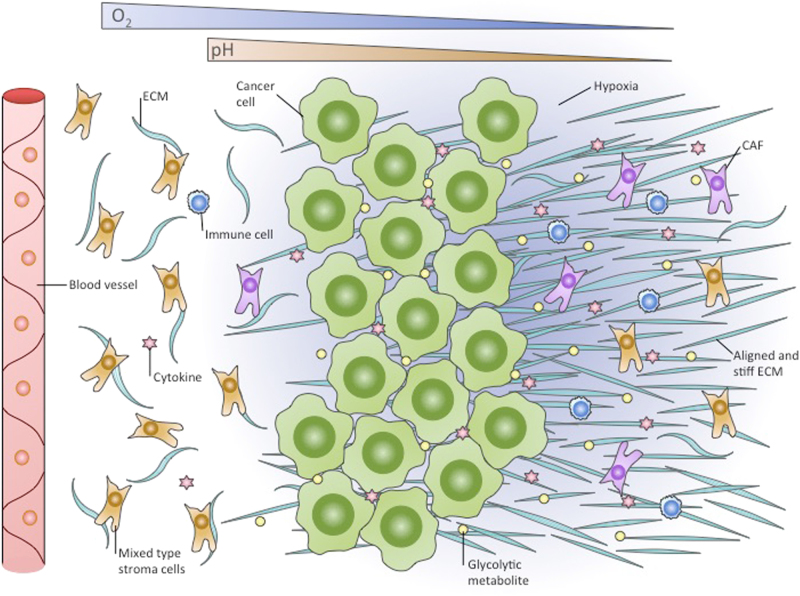Fig. 1. Tumour stroma and extracellular matrix in hypoxia.
. A rapidly growing tumour leads to a reduction in the oxygen supply of the cancer and in tumour stromal cells that are far from the blood vessels. In hypoxia, these cells switch to glycolytic metabolism, which contributes to the acidification of the tumour microenvironment. Produced glycolytic metabolites such as lactate can be utilised by cancer cells and promote tumour growth. The hypoxic microenvironment is also enriched in diverse types of immune cells, and many of them are recruited from the circulation. Cytokine expression by tumour and stromal cells is altered by hypoxia. In particular, hypoxic cancer cells produce signalling molecules that promote the transformation of fibroblasts into CAFs. Together with cancer cells, in hypoxia, CAFs produce an ECM that is stiff and aligned, different from a normoxic ECM, and support cell migration. CAF cancer-associated fibroblasts, ECM extracellular matrix

